The much-maligned coyote, like other North American predators, is caught in a no-win situation.
With less space than ever before to survive, the incredibly adaptable species has been able to successfully incorporate urban environments into their habitat and ecology.
Unfortunately, sharing space with coyotes can cause conflicts. Folks fear for their safety and the safety of their children, pets, and other livestock.
Caution is absolutely advised when it comes to wild animals, but coexistence without violence or death is possible. Dispelling some commonly-held myths about coyotes and discussing effective preventative methods can bring us closer to understanding these unique creatures.
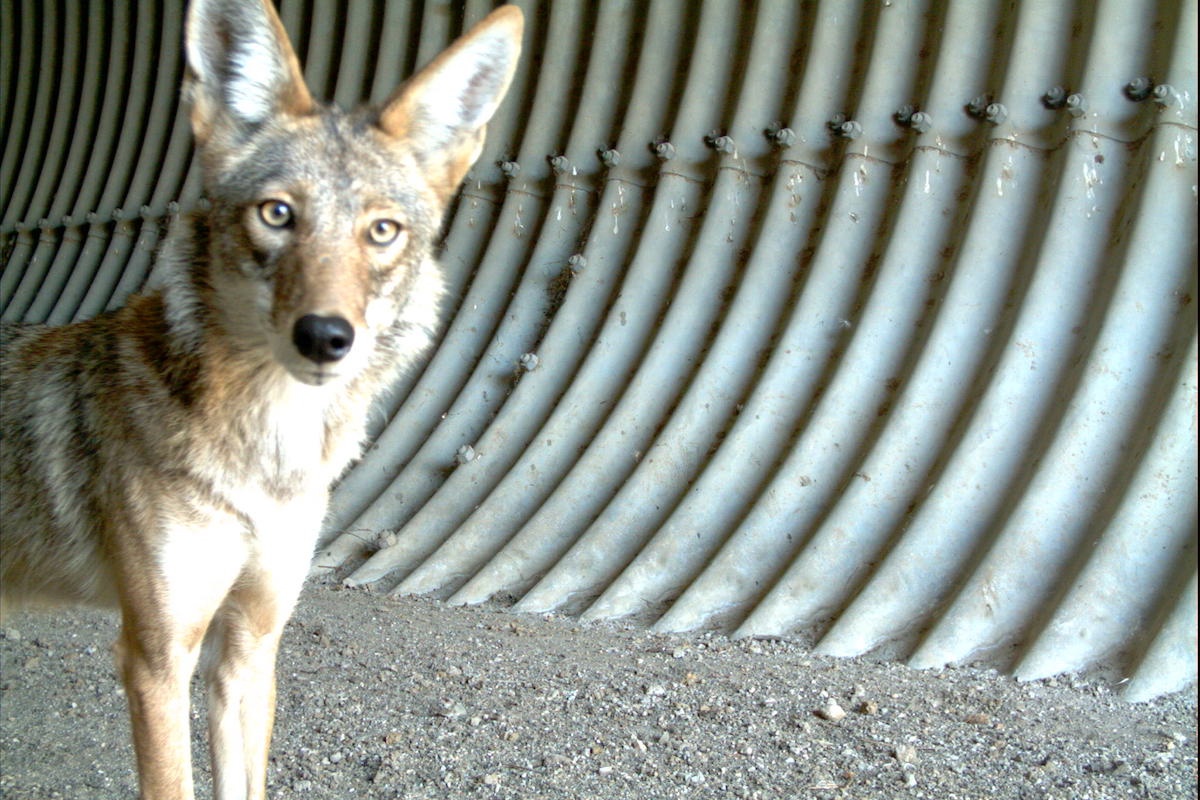
Myth #1: Coyotes are big like wolves.
Coyotes can look big at night or from afar, but are quite fluffy and have longer, thinner legs in proportion to domestic dogs. Large males rarely exceed 24″ at the shoulder (a bit shorter than a German Shepherd) and range between 25 and 45 pounds (65-90 lbs for male German Shepherds). Coyotes in our warmer Southern Californian climate tend to fall on the smaller end of that range.
Myth #2: Coyotes hunt in packs.
Coyotes are certainly very social animals that live in family packs consisting of a faithful, mated-for-life breeding pair and their pups. Hunting, however, is typically more of a solo or two-coyote expedition.
Sightings of pairs of coyotes may be a courting couple or mom/dad bringing a pup along for experience. Rarely do coyotes hunt in packs, and typically only to bring down prey much larger than them, such as deer; this behavior is more common with larger, northern coyotes. The diet of coyotes in Southern California primarily consists of small rodents and fruit.

Myth #3: Killing coyotes works as a control method.
We must accept that coyotes are a part of our landscape; they were here before us, and they can and will venture into the city. Killing coyotes outright is not a sustainable solution, as the root problem lies in our behavior as humans, as hard as that is to accept. Killing a problem coyote only creates space for the next one to come in if we don’t fix the reason why they’re interested in South Pasadena in the first place.
Fallen fruit from our trees, improperly disposing of food refuse, leaving pet food (and our pets) outside at night, and an available rodent population is what attracts coyotes to cities.
Myth #4: I have a fence, so I can leave my pets outside at night.
Coyotes can clear a 6 foot chain-link fence with relative ease — claims of coyotes getting over an 8 foot fence have also been reported. Coyote Rollers are humane and effective if utilized at the right height. Keep in mind that coyotes can and will dig 12″-18″ to get under a fence.
If you want a foolproof way to keep your pets safe at night, bring them inside. Coyotes that are getting more and more used to humans will also feel more comfortable during dawn, dusk, and even daylight hours, so remain vigilant.
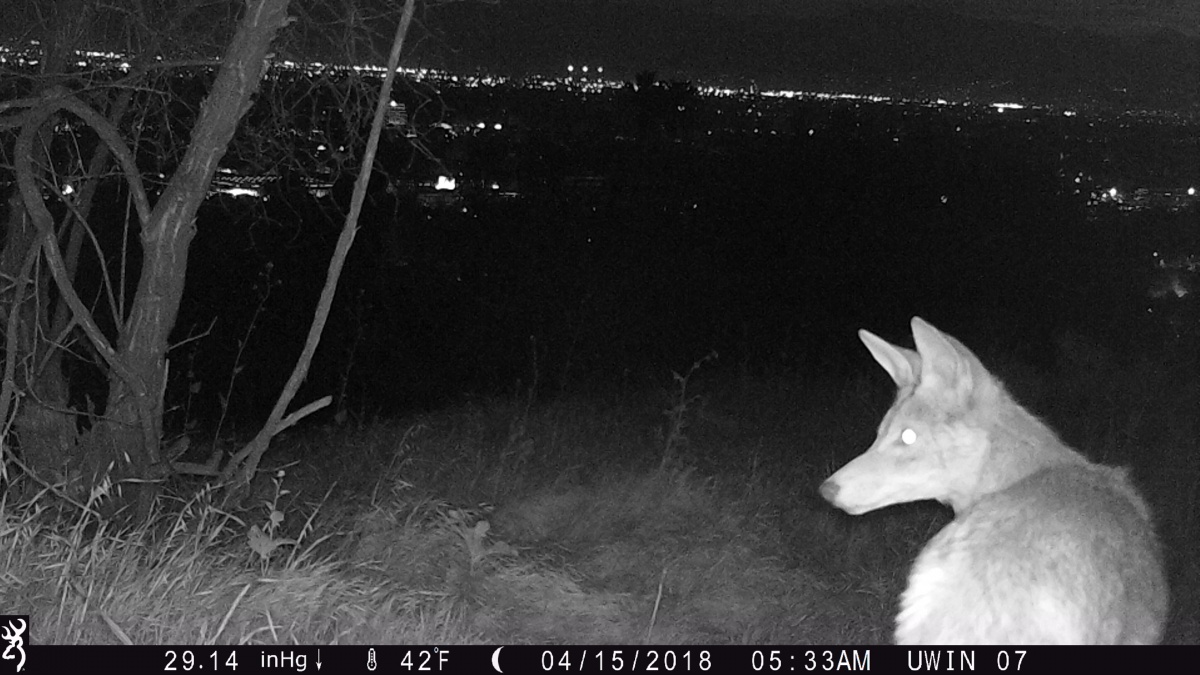
Myth #5: Coyotes are going to attack my children.
Attacking a human is considered abnormally aggressive behavior by a coyote. In that case, targeted lethal removal is an option only the California Department of Fish & Wildlife can pursue.
We can work as a community to prevent coyotes from habituating, or getting used to, human presences and making South Pasadena an area they feel unwelcome in.
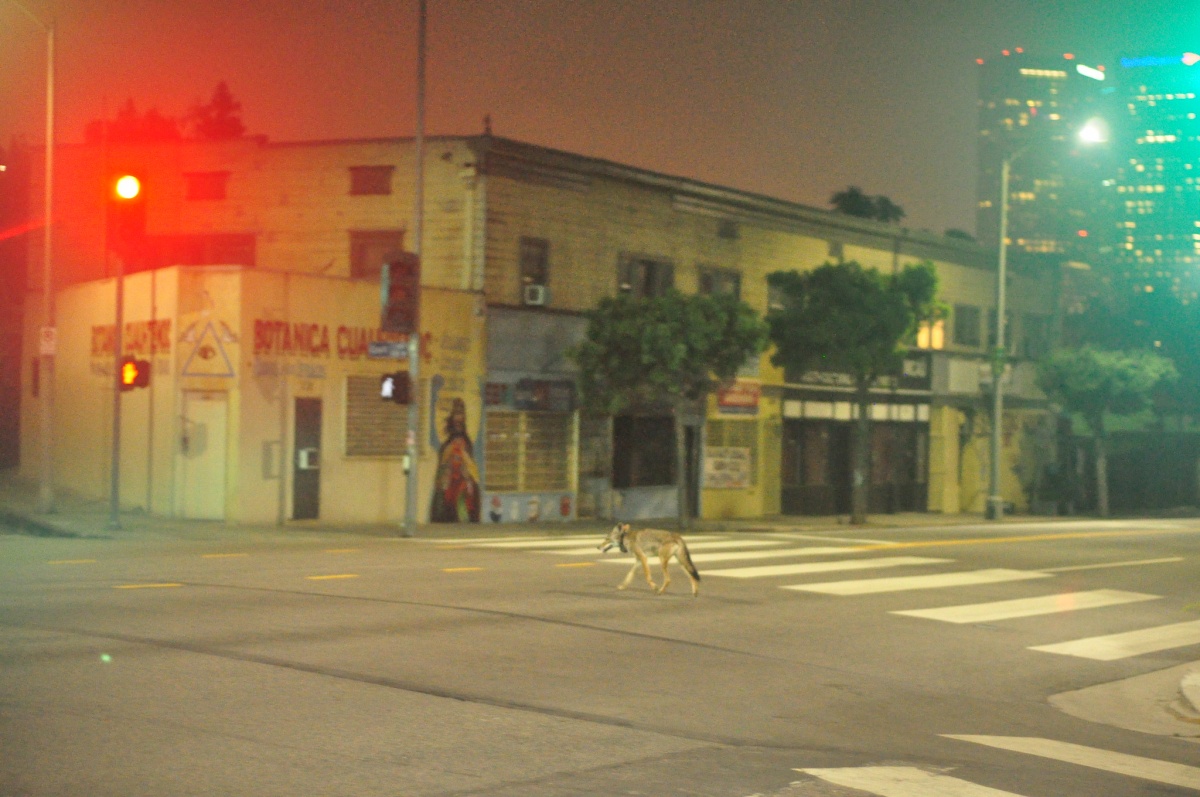
Tip #1: Remove any sources of food from your property that could potentially attract a coyote.
The second most prevalent item in a coyote’s diet is fruit. By clearing your yard of fallen, rotting fruit, you’ll be doing a big part in making South Pasadena smell less appetizing!
Be sure to bring in pet food at night. This will also prevent rodents from being attracted to your residence.
You may also want to think about keeping food refuse in the house until the night before trash collection day to minimize odor.
Tip #2: Haze any coyotes you see.
Scaring coyotes away from human-inhabited areas is recommended and beneficial. You can scare a coyote by waving your arms, yelling/shouting, or throwing rocks at it.
If this feels mean-spirited, consider that you may actually be helping to save the coyote’s life in the long run. By not allowing coyotes to feel comfortable when they’re around something human-made, we can reinforce the idea of cities being threatening areas for coyotes without actually causing them any harm.
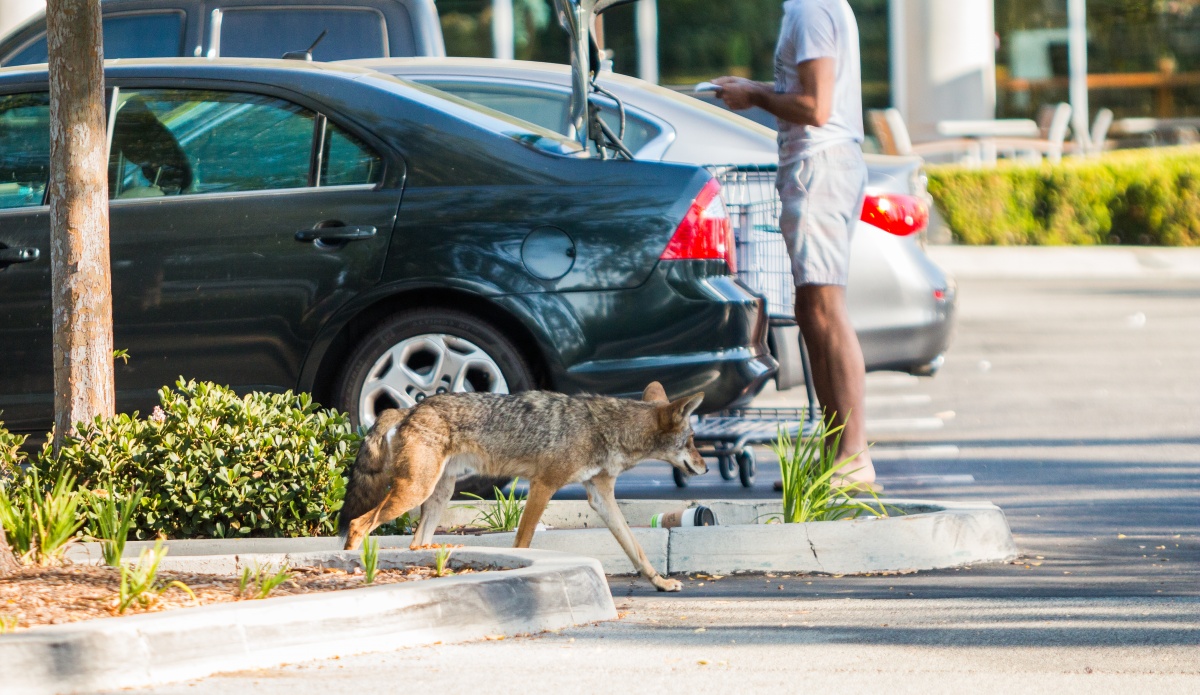
Tip #3: Share this information with family, friends, or neighbors that are concerned about coyotes.
Coyote prevention works best when implemented on a community-wide scale. If one South Pasadenan runs off a coyote on sight while the next allows it to freely lope along the street at night, an inconsistent message is sent.
The same idea applies for if you remove fallen fruit from your property, properly dispose of your trash, and feed and keep your pets indoors, but your neighbor doesn’t.
In an ideal world, South Pasadena becomes “not worth the hassle” for coyotes, with no available food and the presence of scary humans encouraging coyotes to remain wild. In addition, we must stand together with other neighboring cities to spread information and allow our informed behaviors to permeate into a cultural paradigm; keep our cities safe, and keep coyotes wild.
Let’s do what we can to make that happen.
________________________________________________________________________
The Pasadena Humane Society will be hosting an evening educating and addressing concerns about coyotes in South Pasadena on August 14, at the Library.















.png)



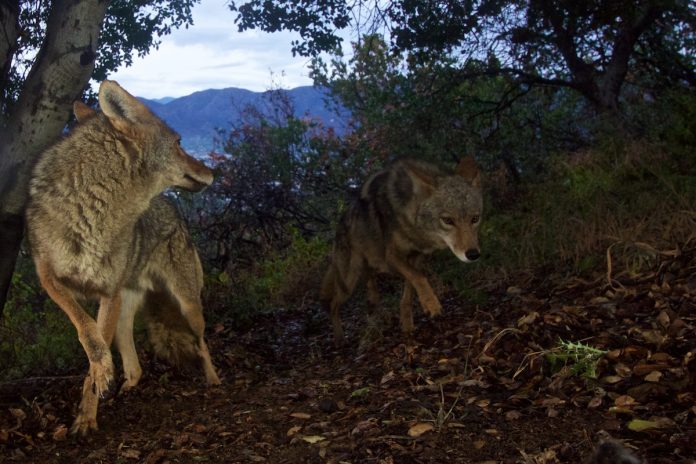




This article is a bit oversimplified and seems to make the same misleading claims made by the Pasadena Humane Society.
The same group that takes studies out of context to claim control as inneffective, compensatory reproduction would happen if any coyote are removed and pack disruption is a real phenomenon. Despite the lack of evidence supporting any of these claims.